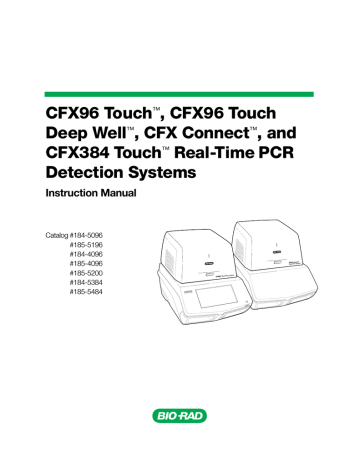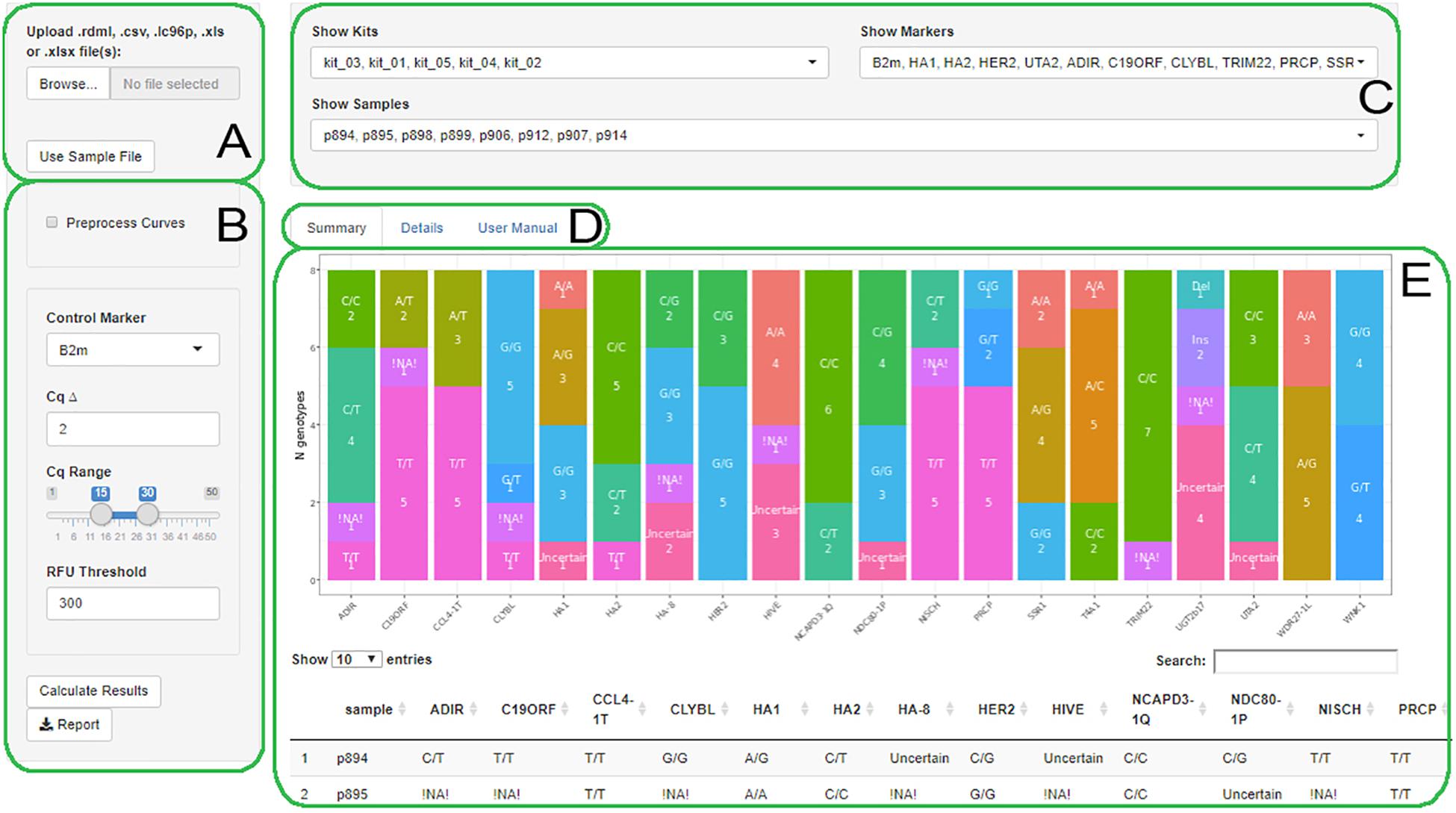

Plantings of ‘Matlabas’ increased steadily and contributed an estimated 18.2% of winter wheat grain produced in the eastern Free State in 2010 ( Anonymous 2011). The cultivar was favored by growers due to its preharvest sprouting tolerance, excellent straw strength, and standability. ‘Matlabas’, developed by ARC-Small Grains, was released for winter wheat production under dryland conditions in the Free State in 2004 ( Anonymous 2007 Smit et al. In 2010, a race classified as TTKSF+ was collected from the severely stem rust infected bread wheat cultivar ‘Matlabas’ in the eastern Free State, South Africa ( Pretorius et al.

(2009) provided evidence that this race belongs to the Ug99 group. Although TTKSF lacks virulence for Sr31, Visser et al. 2002) and has since dominated the local P. Race TTKSF was first detected in South Africa in 2000 ( Boshoff et al. According to Ug99-lineage races have been detected in 11 African countries as well as Yemen and Iran. At present, 13 variants have been described with virulence gains for the major resistance genes Sr9h, Sr24, Sr36, and SrTmp ( Patpour et al. 2000), detection of related races with new virulence profiles raises serious concerns about the threat posed by this adaptable P. In addition to the original description of Ug99 ( Pretorius et al. 2015), stem rust surveillance and race analyses have been a distinctive focus worldwide ( Hodson 2011 Park et al. Given that Ug99 and its related races are virulent on most wheat ( Triticum aestivum L.) cultivars ( Singh et al. 2008 McIntosh and Pretorius 2011 Pretorius et al. Henn race TTKSK (Ug99) stimulated research on wheat stem rust ( Jin et al. The detection of the African Puccinia graminis Pers. Phenotypic data and allelic studies suggested that stem rust resistance in Matlabas was derived from an Sr9h source. Matlabas, Webster, and related Sr9h lines all produced a similar, low infection type to race TTKSF, but were susceptible to race TTKSF+. When 2B-specific SNP markers were mapped, the area of interest was delimited to a 15.3 cM region on chromosome arm 2BL, with XIWA543-HRM and Xgwm47 as flanking loci. Linkage and QTL mapping showed that the gene is located between Xbarc160 in the centromeric region and Xgwm47 on the long arm of chromosome 2B. Additional 2B-specific SSR markers, incorporating markers spanning regions containing Sr9h, SrWLR, Sr28, and Sr47, were screened in the parental lines and mapped in the F 2 population. In screening genomic DNA bulks of susceptible or resistant F 2 plants with simple sequence repeat (SSR) markers, three chromosome arm 2BS markers and one multilocus marker amplified alleles present only in the resistant bulks and Matlabas. F 2 and F 3 populations derived from a Matlabas × Line 37-07 cross segregated for a single resistance gene to race TTKSF that is avirulent to Matlabas. tritici race TTKSF+ was collected from the South African wheat cultivar ‘Matlabas’ in 2010.


 0 kommentar(er)
0 kommentar(er)
